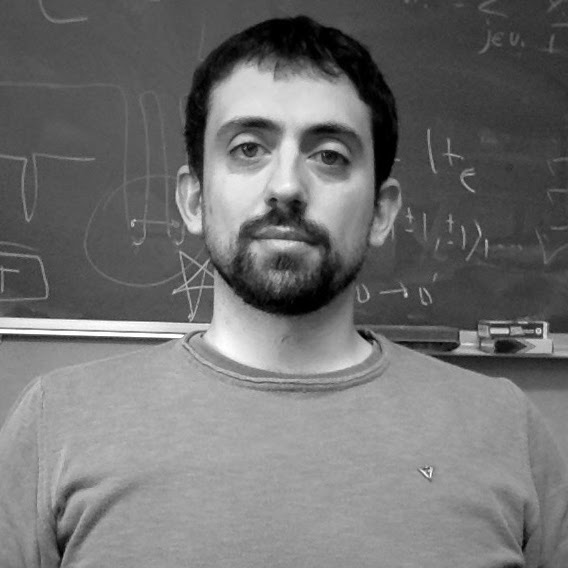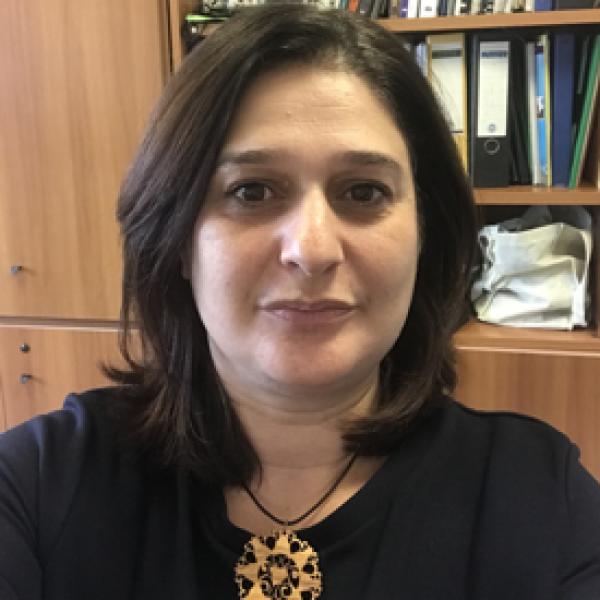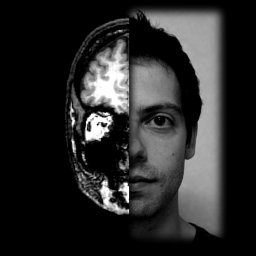Share
Show your research to other neuroimaging researchers.
Gain Skills
Learn how to apply the latest computational tools to you data.
Get Involved
Find exciting projects that you would like to contribute to.
Be Social
Meet researchers from a variety of backgrounds.
Registration for the Brainhack Rome 2025 is now open!
The Brainhack Rome 2025 is an official satellite event of the International Global Brainhack 2024 that is organized by the BHG2024 Team . The goal of the hackathon is to bring together researchers with disparate backgrounds to collaborate on open science projects in neuroimaging.
Dates: April 8-11, 2025
Costs: Free admission. Breakfast and lunch will be provided.
Location: Rome, Italy
Participants are encouraged to propose project ideas using this submission link. Examples of previous projects are listed here for the Brainhack Micro2Macro 2021 and here for the CONNECThon 2022.
Please join the Brainhack Mattermost channel for updated information on the developing Hackathon content and to contribute your own ideas.
You can find the code of conduct for this event here.
Projects
TEA: Transfer Entropy Analysis to Measure Effective Connectivity with fMRI Data
Revealing functional communications between brain regions from fMRI data is a challenging investigative task in computational neuroscience, as evidenced by the ingenious and subtle strategies proposed in the field, such as Dynamic Causal Modeling and Granger causality. To overcome their shortcomings, a non-parametric estimation based on the concept of Transfer Entropy, derived from information theory, has been proposed. Here we propose to further develop the related model and potentially implement a toolbox for causal connectivity between brain regions at rest.
More detailsMULTIFUN: Multicontrast multiscale analysis of functional brain networks
Functional magnetic resonance imaging (fMRI) can be used to model higher-level attributes in brain networks and unveil how advanced cognitive processes could arise from hierarchical configurations. However, this model is incomplete, partly because of the lack of robust coarse-graining methods, but also because of intrinsic BOLD (blood oxygenation level dependent) limitations. In this project we will obtain brain networks using three (!!) different functional contrasts, namely BOLD, VASO (related to cerebral blood volume) and ASL (related to cerebral blood flow). What insights can be derived regarding brain functional organization from various contrasts when adopting cutting-edge network theory techniques?
More detailsI Know What You Will Do: Forecasting Motor Behaviour from EEG Time Series
Reliable EEG forecasting is required to predict the occurrence of pathological events (such as epileptic seizures) and to schedule stimulus delivery in an intelligent fashion, with applications to basic and clinical research. However, the multivariate and nonlinear nature of the EEG signal makes accurate forecasting hard to achieve. Deep learning-based solutions might yield significant improvements to the state of the art, as suggested by pioneeering studies published during the last two years. Bulding on these studies, we will try to forecast EEG data acquired during a simple motor task, with potential applications to motor BCIs.
More detailsRevealing the properties of latent space using brain Magnetic Resonance Imaging data
Latent space is a secondary output of training a Machine Learning model or, simply, applying a Principal Component Analysis to the data. However, being the means that allows the model to capture the underlying pattern in the data, latent space can reveal patterns that in the original raw data space we would not be able to capture. Hence, studying latent space properties can be an important key for any kind of pattern recognition analysis. One interesting application can be the neuroscience field, in particular searching for patterns that reveal the relationship between function and microstructure in brain. Will data group according to different properties (of the data themselves and of the latent space)?
More detailsTranslating DTI Algorithms for X-ray Directional Imaging
In medical imaging, diffusion tensor imaging (DTI) is the gold standard for non-invasive fiber direction and connectivity analysis. However, due to its lower cost and ease of use, X-ray imaging is often preferred in pre-clinical applications, with directional X-ray imaging increasingly being used for central nervous system specimens. As an X-ray-based alternative, directional information can be obtained from small or ultra-small angle X- ray scattering (dark-field, DF). Interestingly, the physical principles behind the way DF retrieves directional information is completely different from DTI. This makes it useful for independently validating DTI results or for analyzing biological and non-biological samples where water is absent. This project aims to integrate X-ray directional imaging with DTI by adapting DTI algorithms for X-ray data.
More detailsDynamic Brain State Signatures of Psychopathology: A Hidden Markov Modeling Approach
Emotional dysregulation is a hallmark of numerous psychiatric disorders and is often underpinned by disrupted top-down prefrontal control over limbic structures such as the amygdala. However, despite substantial evidence of altered emotion processing, critical gaps remain in understanding the temporal dynamics of these processes. To address these limitations, we will apply Hidden Markov Models (HMMs) to functional MRI data from the Transdiagnostic Connectome Project. HMMs provide a powerful framework for uncovering latent brain states and their transition dynamics, surpassing static and sliding-window approaches. By characterizing the stability, occupancy, and transitions of neural states, we aim to identify shared and disorder-specific disruptions in brain dynamics, offering insight into the neurobiological underpinnings of emotional dysregulation.
More detailsOur speakers

Tommaso Gili
IMT Scuola Alti Studi Lucca

Laura Marzetti
Università di Chieti

Alberto Antonietti
Politecnico di Milano

Mauro Costagli
Università di Genova
